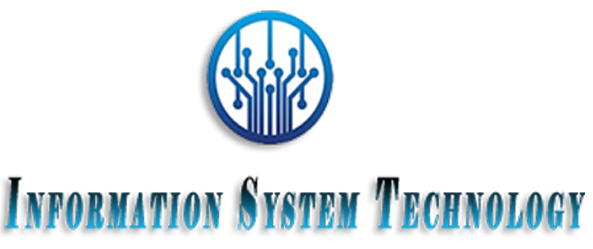Clear, comprehensive clinical documentation is crucial for providing quality patient care and optimizing healthcare operations. Accurate notes improve care coordination, billing, legal defensibility, and data analytics. While thorough charting takes time, it ultimately enhances workflow efficiency.
Capturing the Clinical Narrative
A well-crafted clinical note tells the rich story of a patient encounter, weaving subjective complaints and objective findings into a cohesive assessment. Doctors are adept at documenting organize and summarize details concisely while still including ample context.
Notes should paint a narrative picture of the visit from start to finish. Subjective details like the patient’s description of symptoms and their impact provide insight into lived experience. Objective findings from the physical exam, diagnostic results and medications prescribed capture clinical decisions made.
Enhancing Care Coordination
Comprehensive notes readily inform other providers who subsequently see the patient to ensure coordinated care. If subjective and objective details are scattered or absent, the clinical picture seems fragmented. A cardiologist reviewing sparse notes from a primary care doctor will lack data to make fully informed decisions.
In our complex healthcare ecosystem involving multiple specialties and sites of care, comprehensive documentation helps tie everything together. This continuity of understanding benefits patients and providers alike.
Correct Coding Depends on Details
While physicians focus on care delivery, precise documentation also enables accurate medical coding essential for administrative functions like billing. The level of detail captured in notes informs procedural and diagnostic code selection. Missing or vague information can lead to inaccurate, undercoded claims.
If notes lack details on history duration, functional limitations or test findings, coders may erroneously assign lower-complexity codes. However, according to the folk at Find-A-Code.com (medical billing and codes), a diagnostic code lookup can help match documentation details to the most accurate codes to capture service intensity. Attention to documentation helps ensure coding precision.
Meeting Legal Standards
Thorough notes that objectively demonstrate clinical decision-making also provide legal defensibility if claims of malpractice arise. Records that appear poorly organized, sloppy, or incomplete do not convey a standard of care that stands up to scrutiny.
A legal review of alleged negligence relies heavily on what is documented in the chart. Clearly recording diagnostic and treatment rationale provides justification should the care provided ever be questioned later.
Enhancing Data-Driven Insights
Precise documentation feeds data-driven initiatives to improve quality, identify service gaps, and monitor population health trends. Accurate problem lists, vaccination records, smoking status, and other structured EHR fields enable meaningful analytics. Likewise, clinician-generated free text notes can be tapped via natural language processing to extract actionable information.
However, analysis is only as good as the underlying data. If documentation lacks specificity or standardization, data mining efforts falter. Precision charting generates higher-quality data to empower analytics.
Promoting Time-Efficient Care Processes
While dedicating time to documentation may feel burdensome, it ultimately creates time efficiencies in delivering patient care. Thorough notes reduce repetition of clinical histories for more time-effective appointments. They also minimize unnecessary or duplicative testing when records clearly indicate what has already been done.
Training Future Generations
For academic medical centers and teaching hospitals, comprehensive documentation has added importance for training new generations of providers. Medical students and residents learn what constitutes complete, high-quality notes by reviewing attending physician charting.
Finding the Right Balance
While this all underscores the value of thorough documentation, finding balance is also key. Providers often feel tension between spending enough time charting and maximizing time delivering direct patient care. Prioritizing the unique needs of the encounter and patient is important.
The right balance enables physicians to document precisely what is needed for that patient at that visit without getting bogged down.
Conclusion
Taking the time to record complete patient narratives means clinicians advance coordinated care, administrative accuracy, legal preparedness, and time savings. Precise documentation powers healthcare performance.

